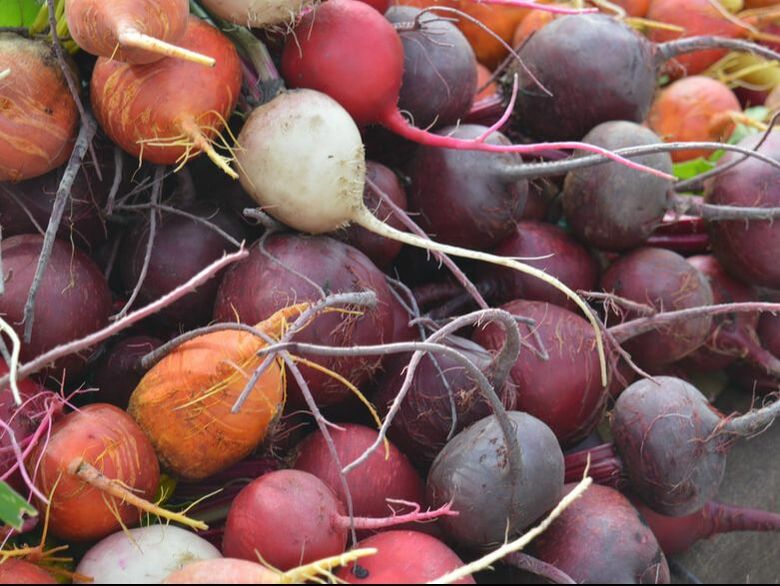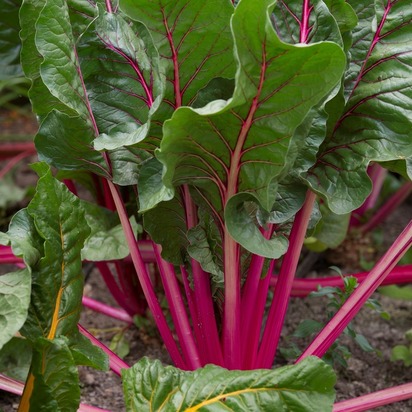How to Grow and Care for Beets
Growing beets in the home garden provides you with fresh beet greens for steaming or adding to green salads in late spring. If allowed to mature, tender red beets form under the ground and are ready to eat by mid summer or you can let them grow to make into delicious pickled beets in the fall. These easy-to-grow vegetables need little care making them ideal for the beginner's garden.
Planting Beets
Sunlight for Beets
Beets perfom best in full sun for at least 6 hours a day, but will grow in a partially shaded area. Beets growing in shaded areas may not produce large beet roots, but the foliage typically grows well. If your primary reason for growing beets is for beet greens, go ahead and plant them in shady areas of your garden. However, if you goal is to grow large beets, make sure your beets receive 6 hours of direct sunlight a day.
Soil for Beets
Beets prefer rich, well-drained soil with a pH between 6.5 and 7.0. To prepare the soil add a 2- to 4-inch layer of well-rotted manure or compost and work it into the soil to improve aeration and promote drainage. Apply 5-10-10 or 10-10-10 fertilizer following the recommended application rate on the container. Work it into the top 6 inches of soil.
Planting and Spacing Beets
Sow beet seeds to a depth of ¼ inch, spaced 2 to 4 inches apart in rows - if you intend to allow them to mature. For beet greens, create a raised row in the garden approximately eight inches wide. Broadcast the seeds over the area to create a wide row of beets. Cover the seeds with soil and firm down lightly to secure the seeds.
Fertilizing Beets
Apply 5-10-10 or 10-10-10 fertilizer following the recommended application rate on the container when planting your beets. Work it into the top 6 inches of soil. Apply water-soluble fertilizer designed for garden vegetables once or twice a month, particularly if you are growing your beets in a raised bed or container. Beets grown in raised beds or containers require supplemental feeding as the nutrients often leach from the soil with repeated watering.
Use caution with high nitrogen fertilizers as too much nitrogen can cause the tops to grow large, but the beet roots will be small. Always use the health of your beet plants as a guide when deciding if they need supplemental feeding during the summer.
Use caution with high nitrogen fertilizers as too much nitrogen can cause the tops to grow large, but the beet roots will be small. Always use the health of your beet plants as a guide when deciding if they need supplemental feeding during the summer.
Weeding Beets
Keep weeds under control by hand picking or cutting them at the base with a sharp hoe. For beets grown in a long row, mulching with organic mulch is an option for weed control.
Harvesting Beet Greens and Beets
Harvest beet greens when the leaves are 4 to 6 inches high. As the beets mature the leaves and stems become tough and stringy losing their characteristic sweet flavor. Many prefer to pull every other beet plant for greens while allowing others to grow to maturity. Harvesting just the outer leaves for beet greens is also an option. Harvest mature beet roots in late summer or fall.

